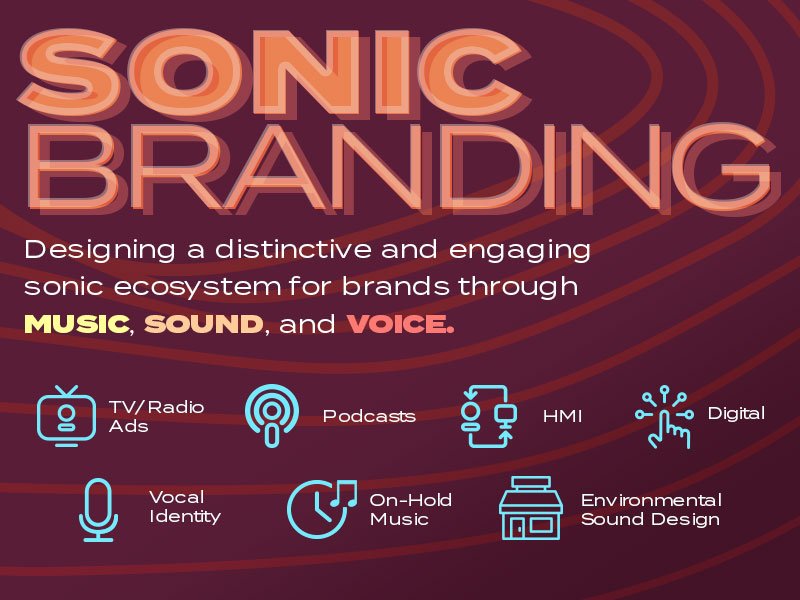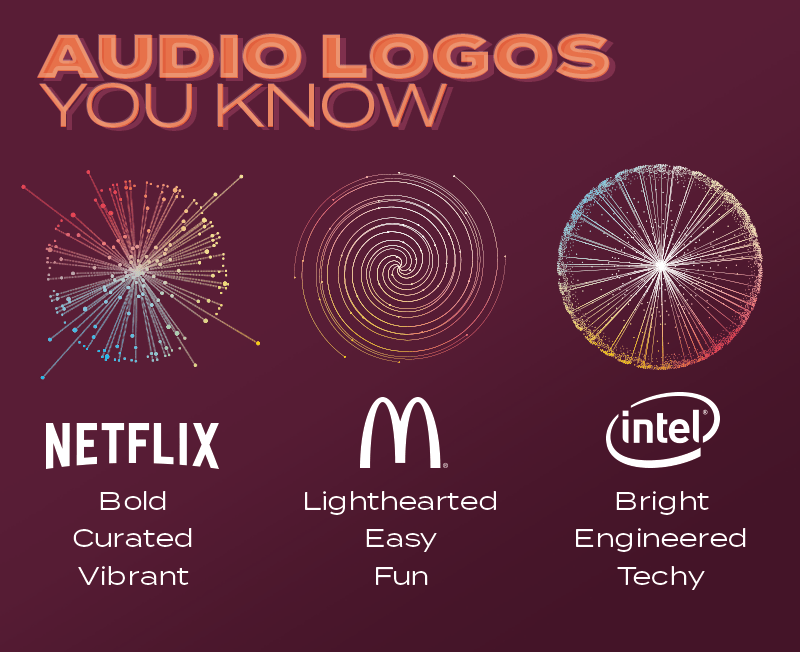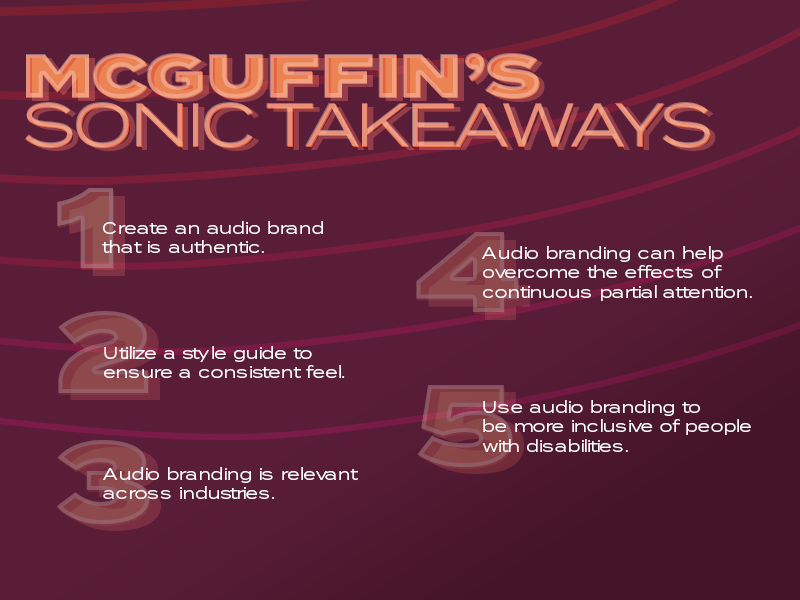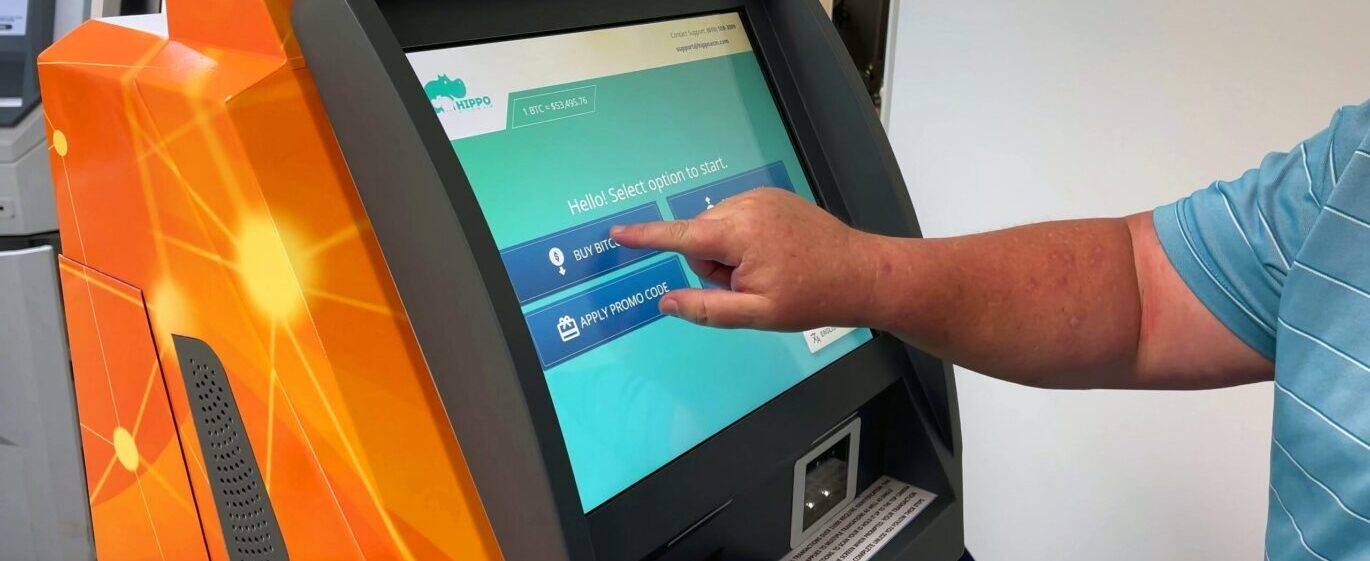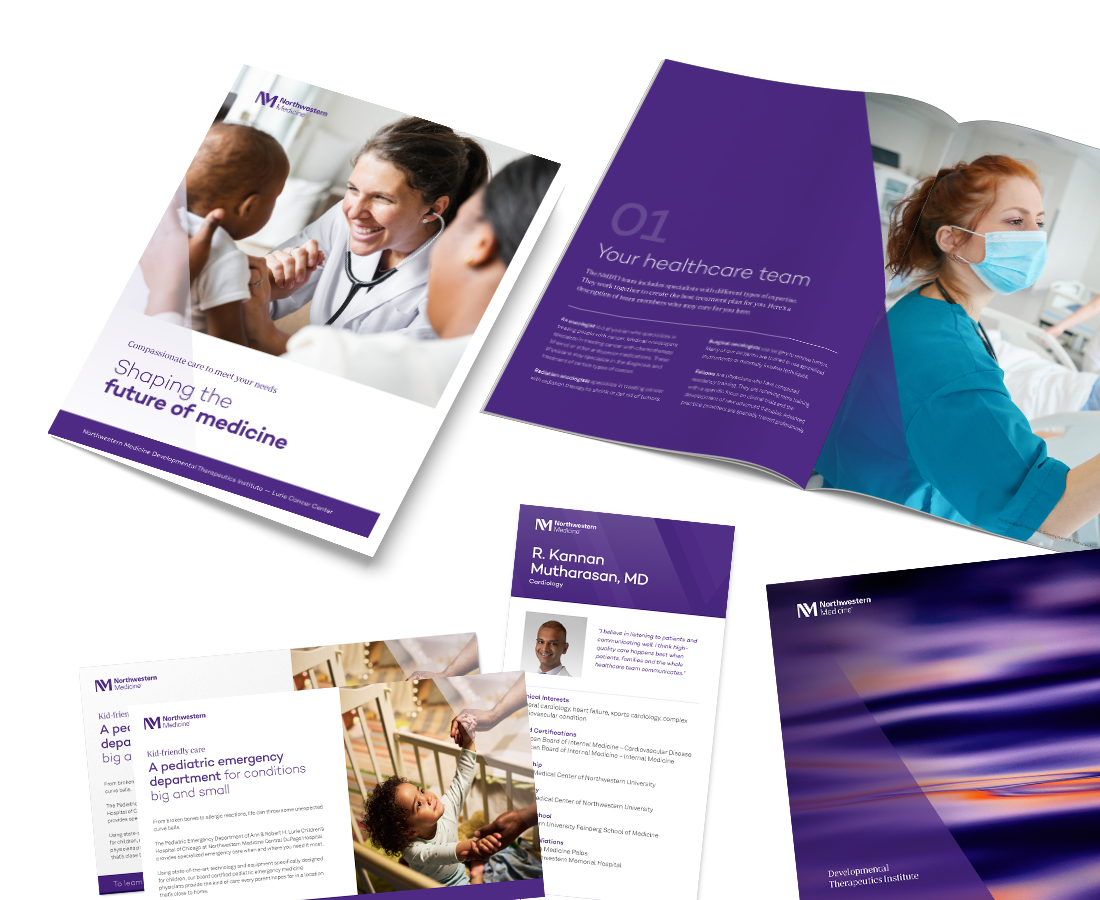The language of music is well understood across borders and age groups. According to Fahey, when music is used as a language, it not only creates a bond, it tells a story in a language that is universally understood.
Building engagement through music is more than creating a memory device. It’s not about jingles, nor the licensing of popular songs. Songs are not ownable. They come and go, but an ownable audio mark has far greater staying power.
We live in the audible era, says Fahey. Our future is sonic.
“If the computer of today is mostly visual with an aid from voice, the computer of tomorrow has a good chance of being primarily voice, aided by visuals.”
Sound doesn’t require eyes to grab attention, and technology has made it easier for us to not just multi-task, but multi-sensory-task: listen to a podcast while driving, talk to Alexa while cooking, watch TV and scroll through Instagram.
This reliance on an overabundance of devices has led to “continuous partial attention,” coined by technical writer Linda Stone.
As the name suggests, continuous partial attention means that audiences are interacting with brand messages in short, sporadic bursts. Brand marketers have more reason than ever to make the most of every touchpoint, including the audio ones. Companies that utilize a multi-sensory approach stand a better chance of connecting with the consumer.
What’s more, sound is something that’s simply harder to avoid and may get a person’s attention more readily, perhaps even subliminally. While attention spans are decreasing, sound begs for our attention. When you consider that eight seconds is our average attention span, and that sonic branding conveys meaning in fewer than three seconds, the implications are compelling.


